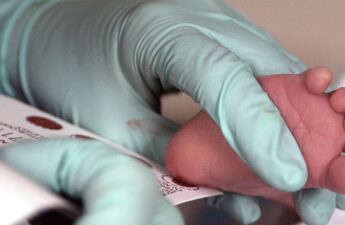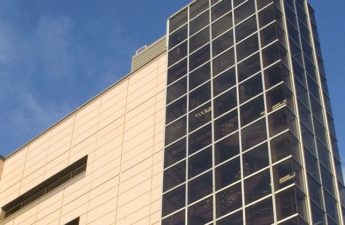Meredith Li-Vollmer, Public Health – Seattle & King County

The dry, warm weather and wind have resulted in increased wildfires in our state and the introduction of wildfire smoke in our region. As of Tuesday morning (September 8, 2020), Puget Sound Clean Air Agency has determined that air quality conditions in most of the Puget Sound region are unhealthy for everyone.
Irregular winds may cause air quality in some areas to shift, so we could see expect to see air quality across the Puget Sound region move in and out of unhealthy levels.
Puget Sound Clean Air expects that air quality could be at UNHEALTHY FOR SENSITIVE GROUPS and UNHEALTHY levels through Wednesday and possibly beyond.
Wildfire smoke can cause and worsen many health problems such as:
- Asthma attack
- Chest pain
- Coughing
- Fast heartbeat
- Headaches
- Irritated sinuses
- Stinging eyes
- Trouble breathing
What to do when the air is smoky
Everyone should take precautions, especially infants, children, and people over 65, or those that are pregnant, have heart or lung diseases (such as asthma or COPD), respiratory infections, diabetes, stroke survivors, and those suffering from COVID-19.
Check the air quality forecast. Air quality conditions may change quickly. Go to Puget Sound Clean Air Agency’s website or follow them on Twitter (@pscleanair) for the current smoke level report for King County. Their forecasts will let you know when air quality has reached unhealthy levels.
Stay indoors when air quality is at unhealthy levels. One of the most important ways to protect your health is to reduce your exposure to smoky air so that you’re not inhaling the harmful particles. Avoid outdoor activity as much as possible when the air is smoky and unhealthy, especially strenuous exercise. Athletes, bikers, runners and hikers should postpone their activities until the air quality improves. It’s better to find an indoor activity until the air clears (Zoom yoga, anyone?).
Keep indoor air clean.
- Close windows and doors as much as possible to prevent smoke from coming in.
- If you have air conditioning, set it to recirculate the air, or use a fan to help keep the space cooler.
- Use a portable air cleaner if possible.
- A DIY air cleaner may be an easy and cost-effective way to clean air inside your home. Information on how to construct a portable air cleaner and important safety tips to follow while using one of these fans can be found at Puget Sound Clean Air Agency’s DIY Air Filter website.
- Avoid activities that increase pollutants inside the home or stir up particles, like smoking, using candles, or vacuuming.
Pay attention to the heat. Heat can be dangerous too. If it becomes unbearably hot, it’s better to open the windows for a short period of time. If you need to open a window, create a “clean air room” by closing off one room in the home where the air can be kept cleaner.
Face coverings work well for COVID, but limited protection for smoke.
- Masks with the label “N95” or “N100” are the most effective type of mask that protects you from air pollution, but due to ongoing COVID-19 response we need to reserve those for health care and other frontline workers for now.
- While cloth face coverings are recommended to reduce the spread of COVID-19, they offer limited protection from air pollution and wildfire smoke and must be properly worn.
- Any mask or face covering should be used only as a last resort to protect against wildfire smoke. More information on COVID-19 mask do’s and don’ts can be found here.
Check with your health care provider for more specific health questions and concerns. As always, seek medical attention if symptoms are serious.
More information is on our Wildfire Smoke and Health page: kingcounty.gov/wildfiresmoke
Originally posted on September 8, 2020.
I am a risk communications specialist at Public Health – Seattle & King County.


